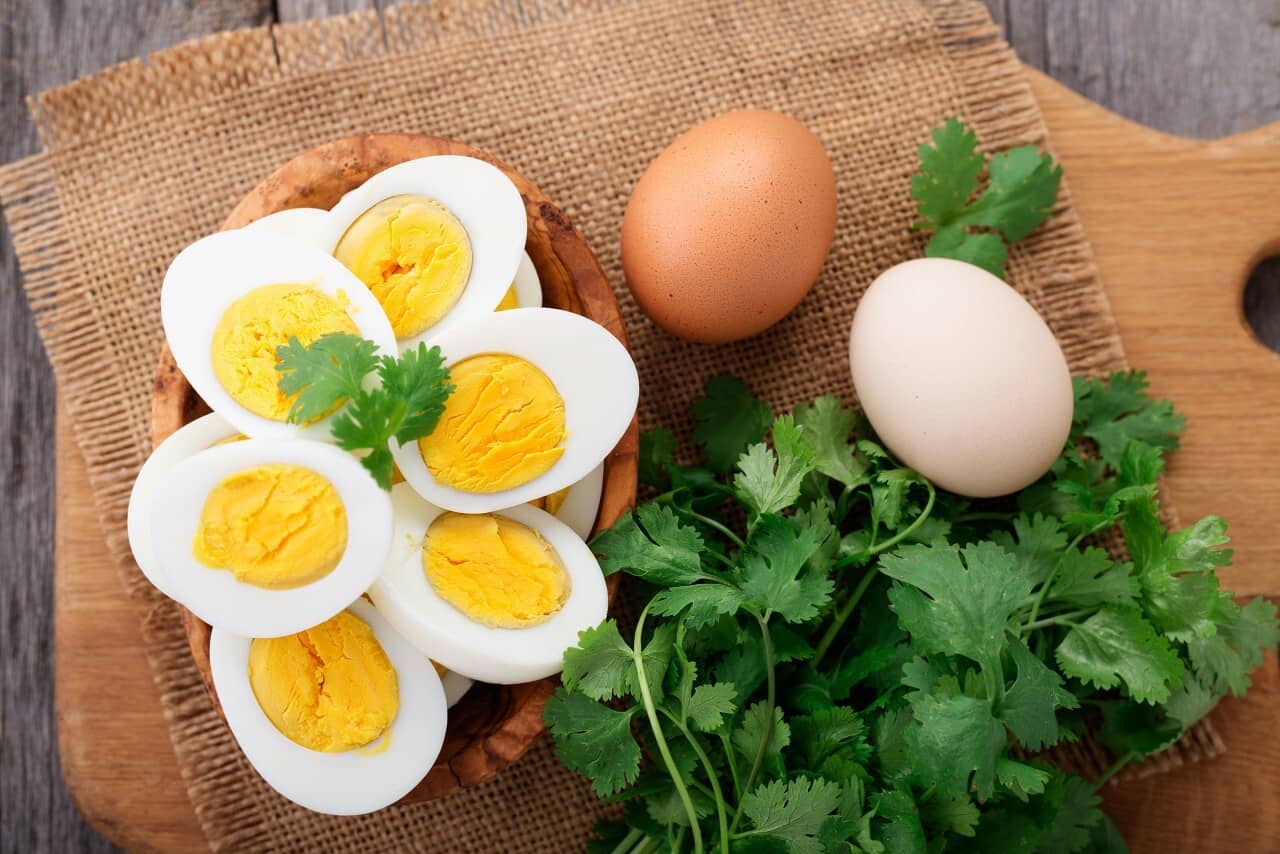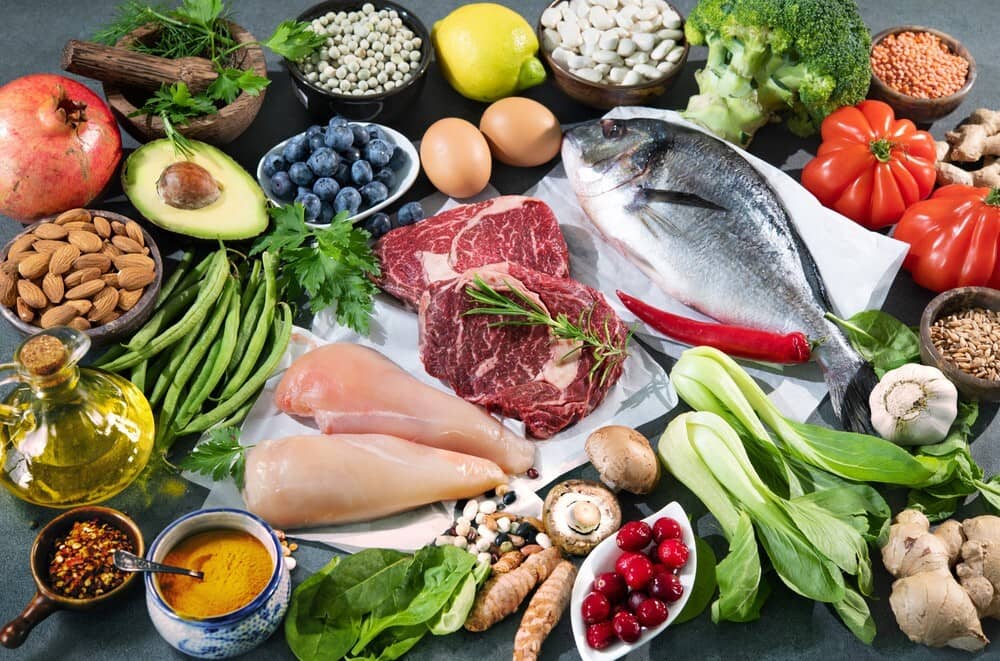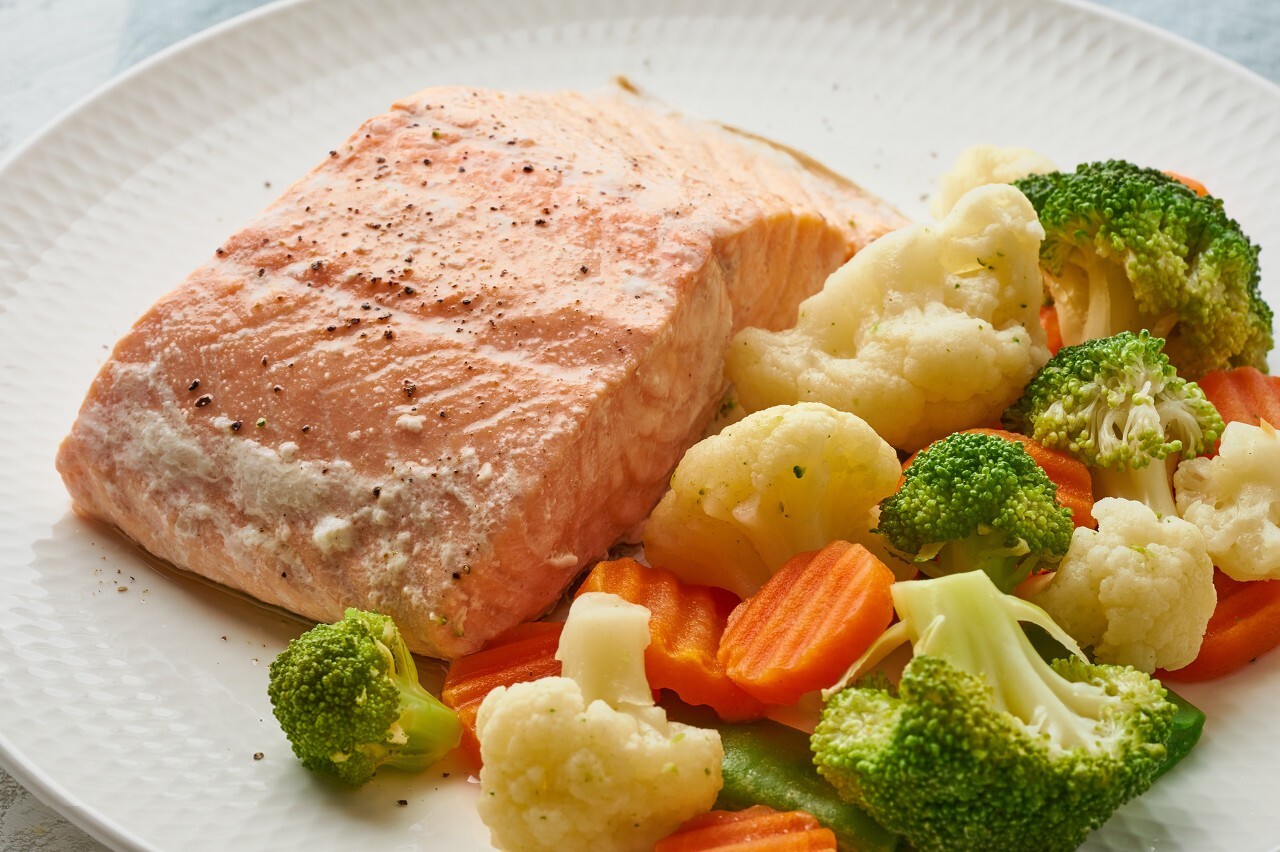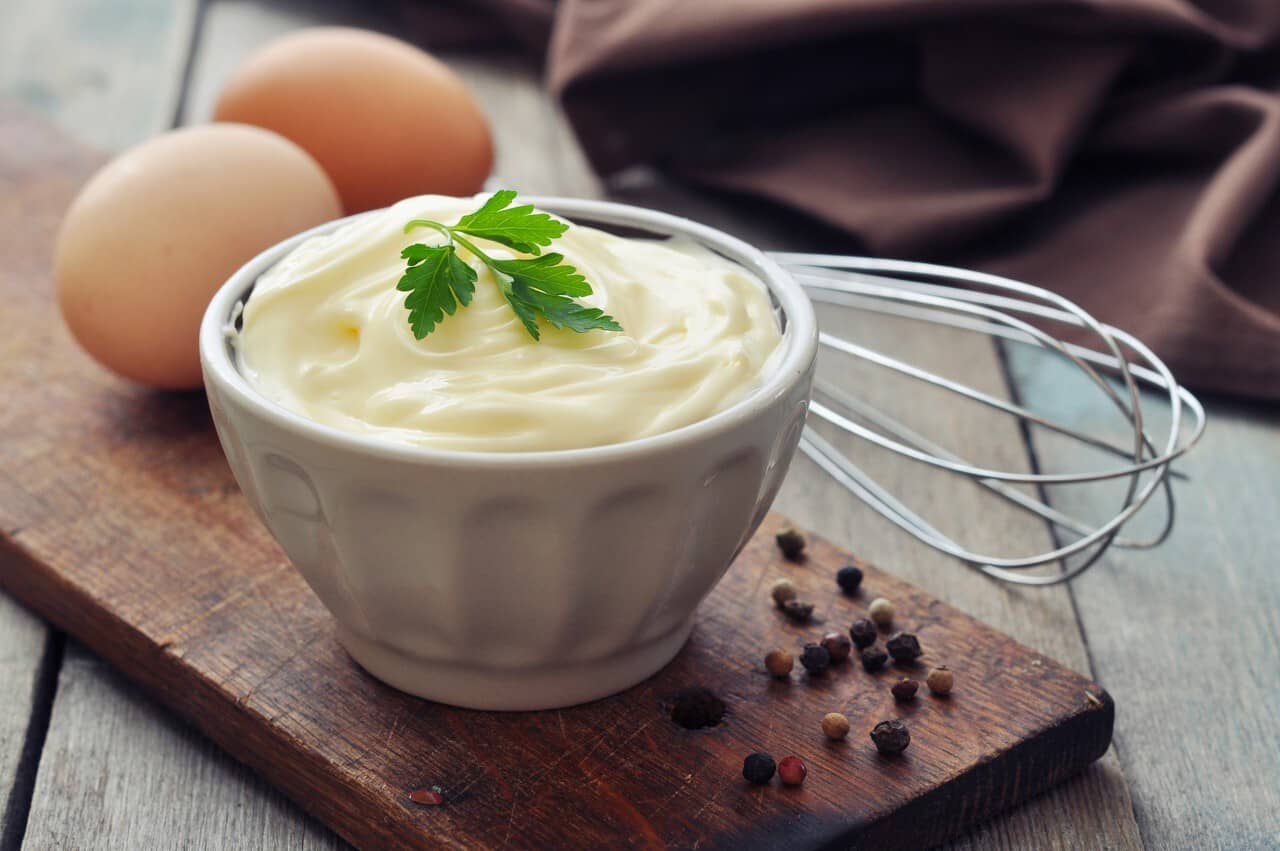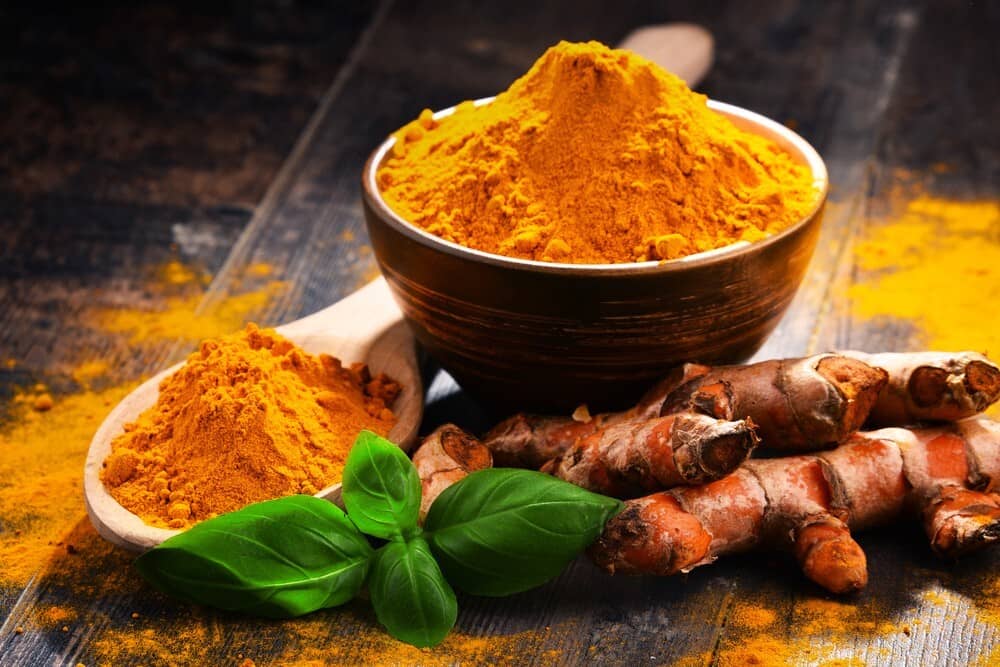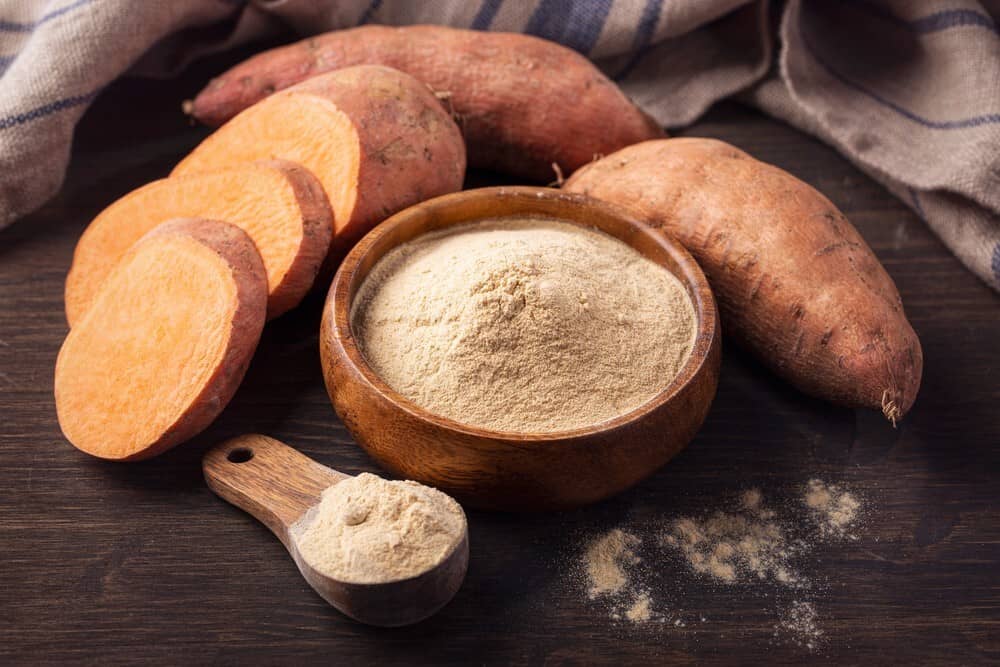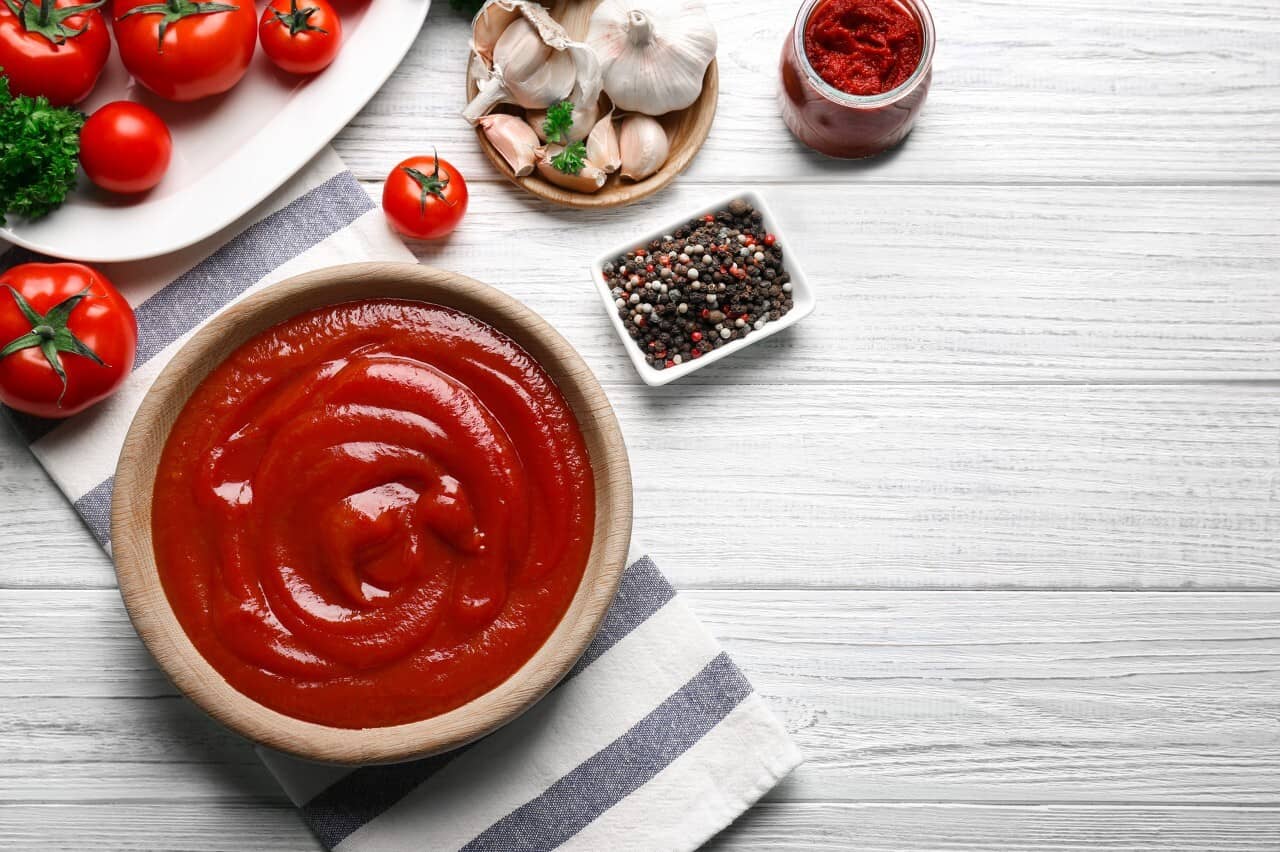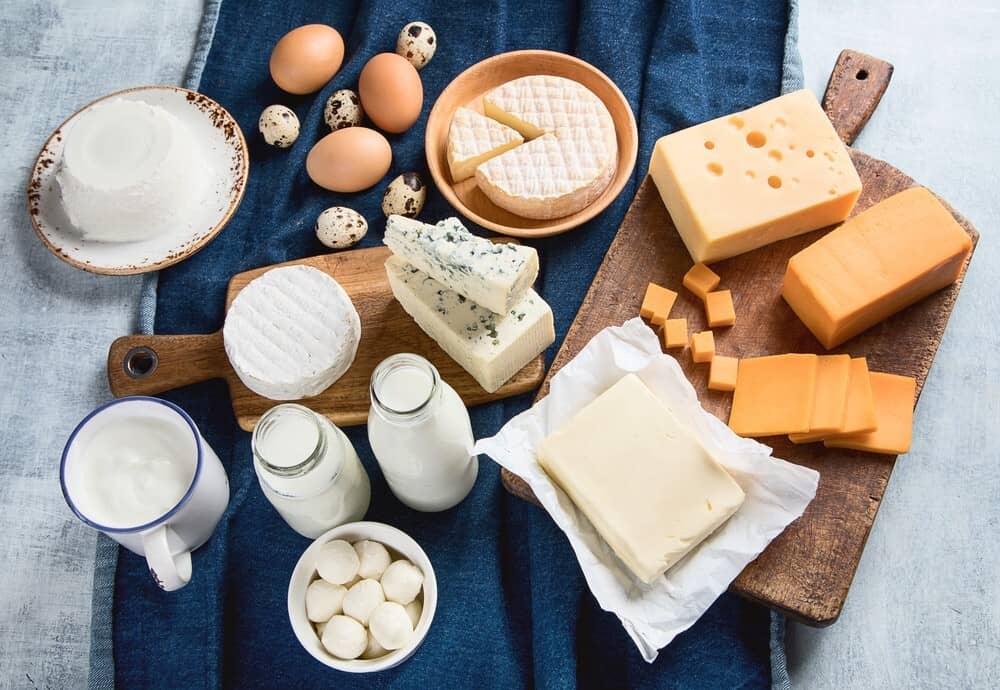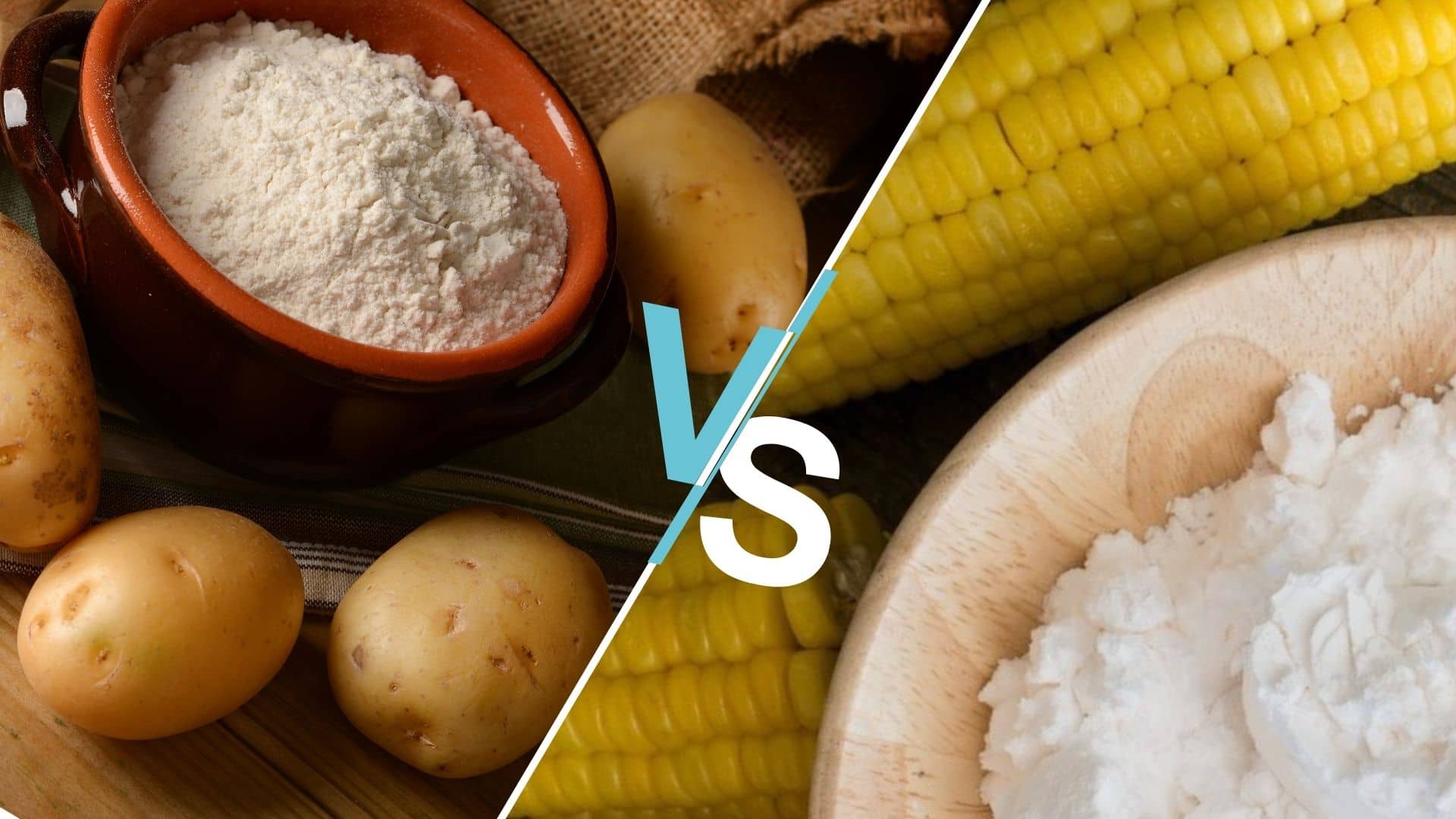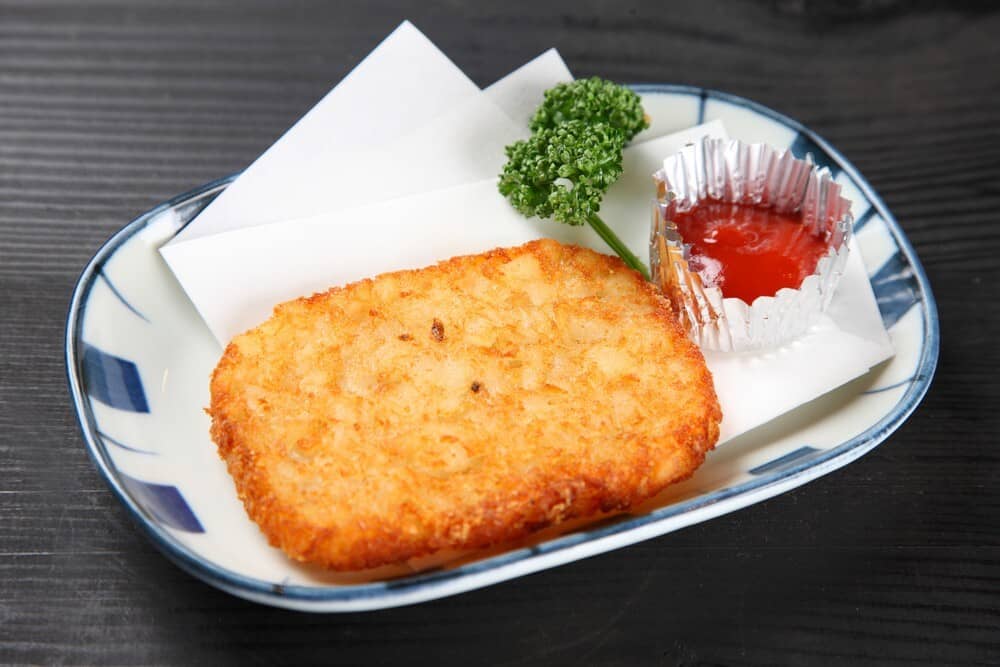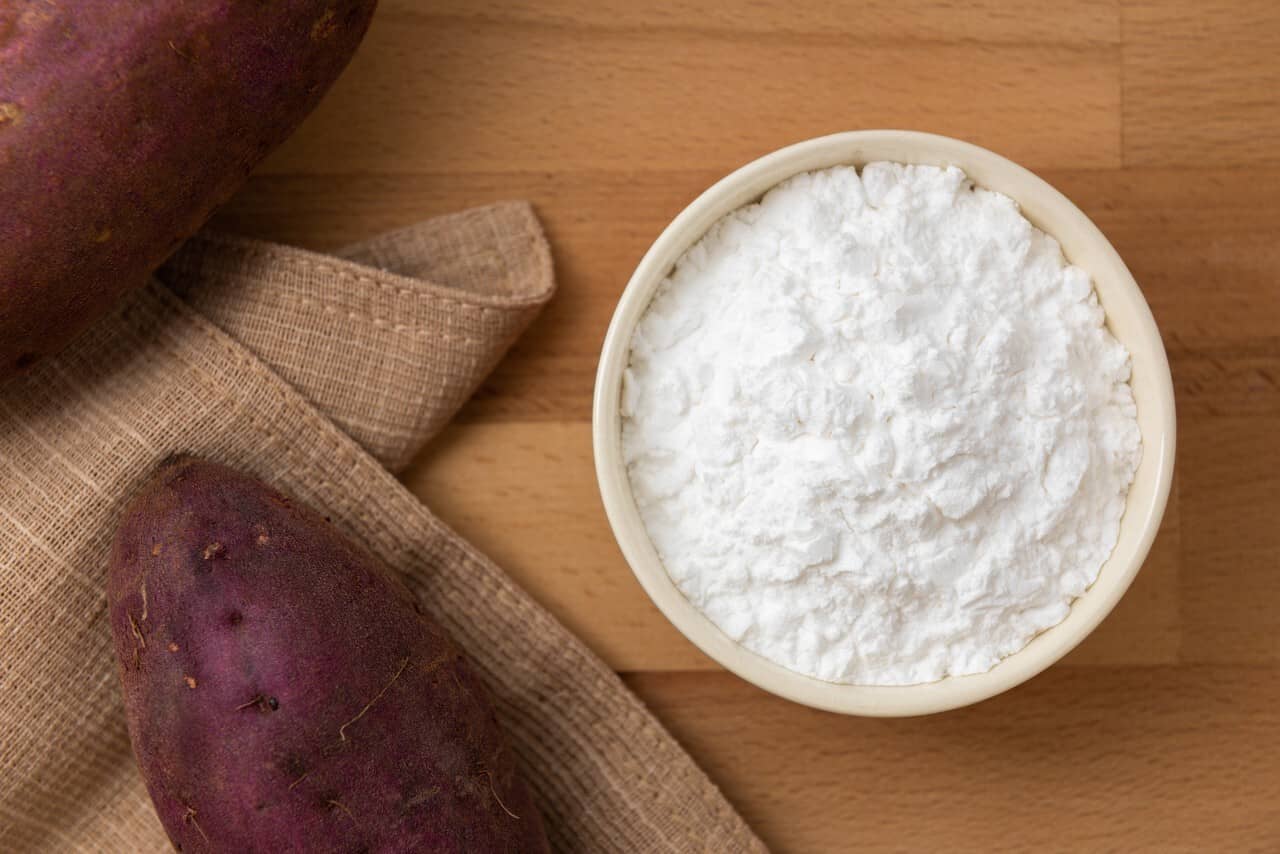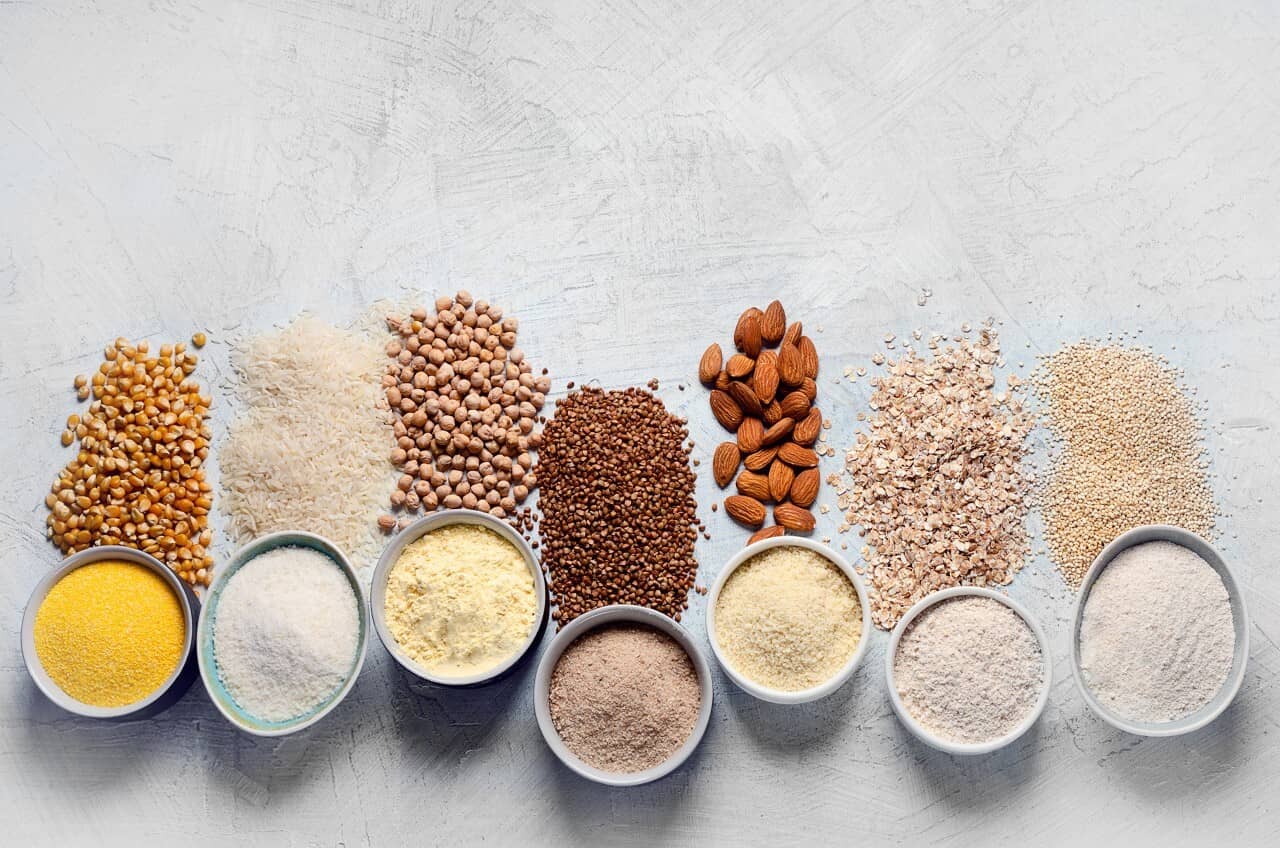Cornstarch and potato starch are familiar ingredients in every kitchen. Some people think of them as starches with the same probable uses, and others realize their real different potentials used for specific types of food and recipes.
Potato starch vs. Cornstarch: A simple introduction for both starches
POTATO STARCH
Extracted from the tubers of Solanum tuberosum, potato starch has 2 main parts: amylose(20%) which is responsible for the gelling effect, and amylopectin(80%).
Potato starch s’ white powder is used mainly in baking as a thickener to maintain the proper consistency.it is also used in pastries and pie fillings to add viscosity.
Potato starch is resistant starch, which means it doesn’t get digested in the stomach or the small intestine, it is fermented in the large intestines allowing the body to benefit the most out of its nutrients. ((Potato Starch – an overview | ScienceDirect Topics))
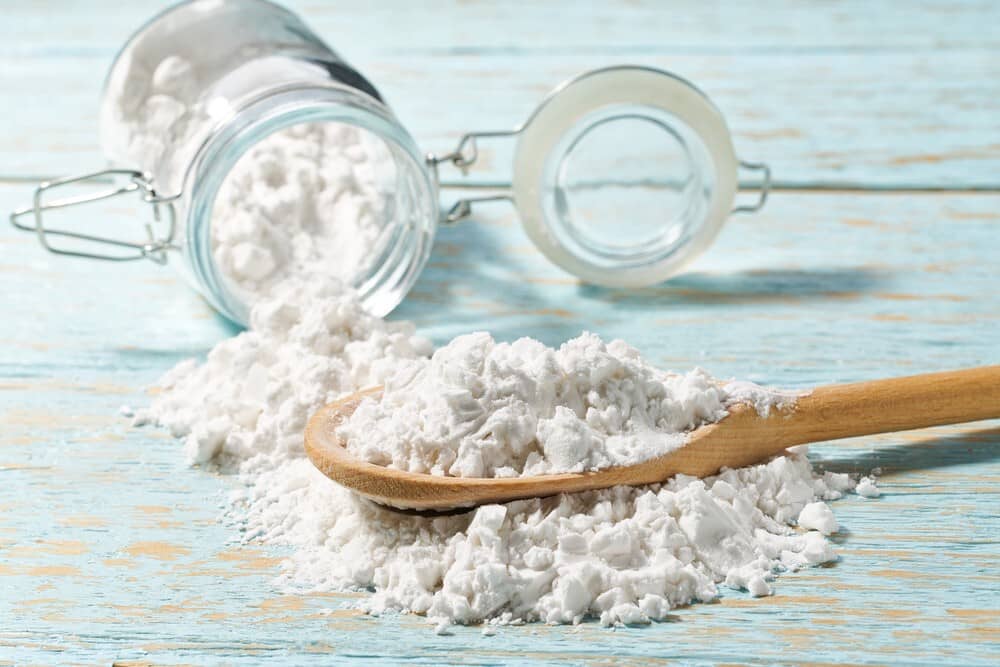 Nutritional facts:
Nutritional facts:
Potato starch has zero fats, low fibre, medium sugar content with considerable levels of Magnesium, calcium, folate, potassium, niacin, and vitamin C. ((Calories in Potato Starch (nutritionix.com)))
Potatoes are gentle on the stomach and good for people with digestion problems as it is prebiotic and boosts gut bacteria’s work. It also adjusts your blood sugar levels.
Non-food purposes
Potato starch works like potato flour as a natural binding agent used in plastics as it is 100% biodegradable and eco-friendly.
It is also used in manufactures instead of PVP and artificial polystyrene in the disposable plates and kitchenware industry.
NATURAL CORNSTARCH (corn flour)
Corn is the highest cereal produced in the world due to its extensive use in bread, tortilla, pancakes, Porridges, Alcoholic and non-alcoholic beverages, besides snacks and chips of course.
Cornstarch is a yellowish-white refined powder made out by grinding the starchy endosperm of the corn kernel.it is used mainly as a thickening agent in sauces and soups. ((Processing maize flour and corn meal food products (nih.gov)))
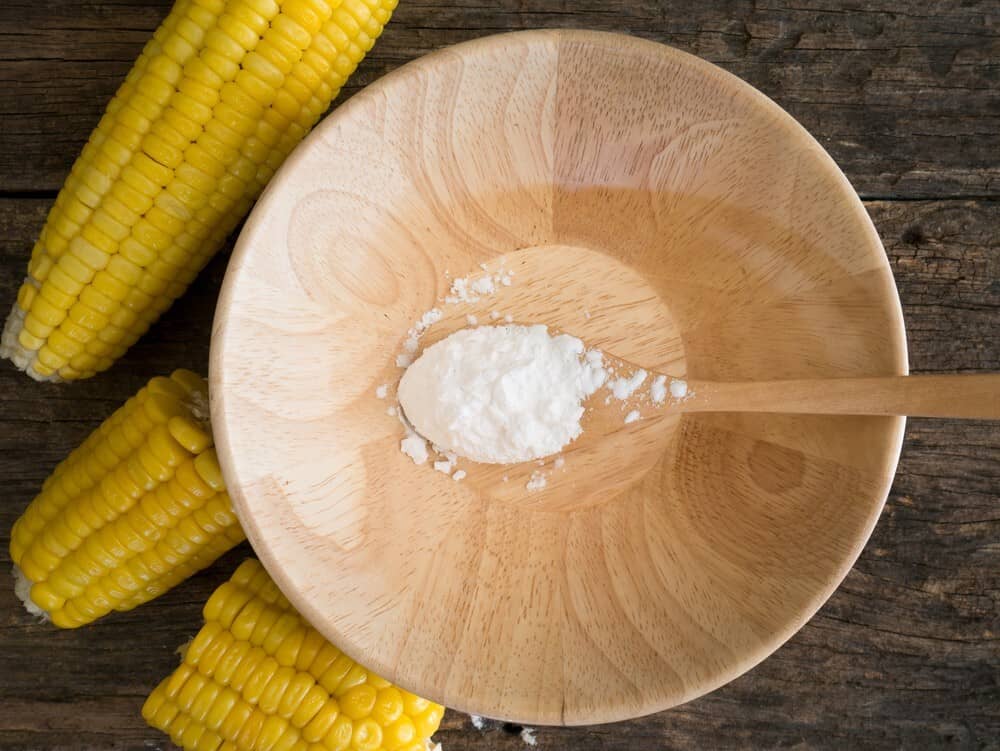 Nutritional facts:
Nutritional facts:
Cornstarch is low in protein, fat, and fibre content. but it is rich in carbs, sugar, and vitamins, which are fully absorbed by the intestines thanks to the protective cover around the starch molecules in corn, protecting it from gastric juices until they reach the blood safely. ((Vitamins may one day hitch a protected ride on corn starch))
Non-food purposes
Cornstarch has many other uses outside of the kitchen:
- Dry shampoo with a soothing effect on hair.
- demulcent cream for burns, bee stings, insect bites, itches, rashes, and inflammation.
- Stain remover on leather, cotton, fabric, and silverware too.
- A natural adhesive.
- Another important medical use, Cornstarch helps absorb active constitute in tablets and capsules.
Potato starch vs. Cornstarch: Precise Differences in Uses and Health Benefits
Potato starch is less tasty
Potato starch is a bit more useful in baking cakes or pastries as it is colourless and tasteless while Cornstarch adds a yellowish tangent to your food.
Cornstarch doesn’t endure high temperature, strong acidity, or high sugar content
Cornstarch and potato starch are both used as thickening agents in soups, stews, puddings, and pie fillings, the starch molecules absorb water moisture and form a slurry, then gelatinize to give glossy translucent consistency.
When you put the cornstarch in high temperatures, these molecules break down and lose their thickening quality as cornstarch is a grain starch, so you have to use the root starch of potato in recipes that require high levels of heat, and add it at the final steps to avoid overheating problems.
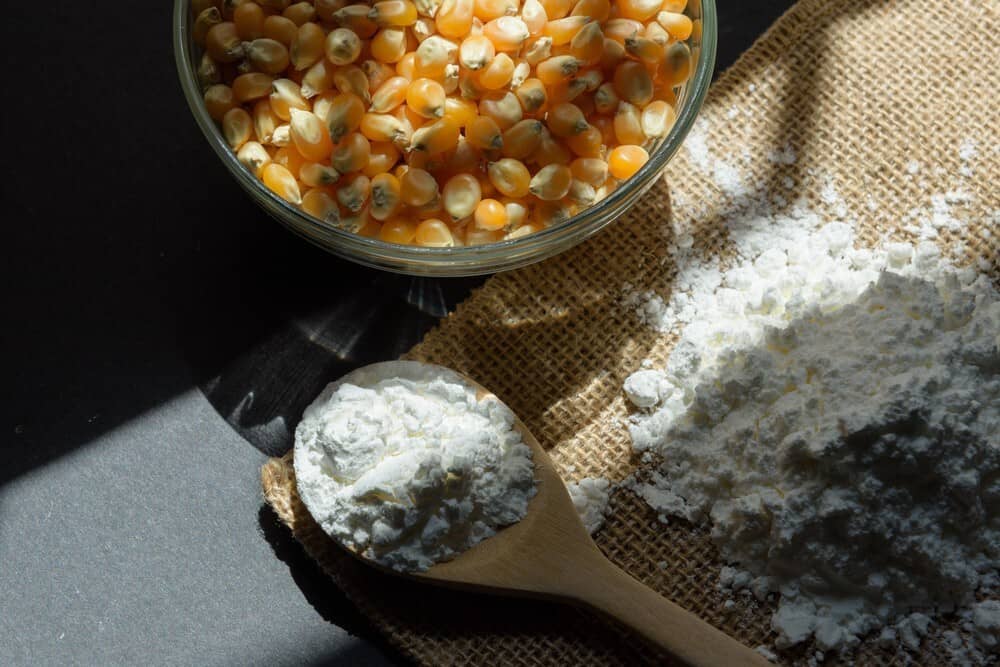 Strong acids in vinegar, lemonade, tomato, or high sugar foods like canned fruits, granola, or juices can not be added to Cornstarch as it messes with the way it works. so you may consider potato starch or other substitutes for their recipes.
Strong acids in vinegar, lemonade, tomato, or high sugar foods like canned fruits, granola, or juices can not be added to Cornstarch as it messes with the way it works. so you may consider potato starch or other substitutes for their recipes.
On the other hand, Cornstarch can afford long cooking.
Yeah, It doesn’t bear high temperatures, but you can use it in preparing pasta sauces, mac, and cheese, or foods that require proper cooking.
Which is healthier for you?
Both cornstarch and potato starch are gluten-free, which is good for people who have celiac problems.
A 100g of cornstarch has 381 kcal, the same amount of potato starch has 356 kcal. You may not consider that a great difference, but the carb content in Cornstarch is very high, which makes it unsuitable for diabetics or people with high blood sugar levels, who are trying to regulate their calorie and carbs intake.
THE BOTTOM LINE IS people should use cornstarch only in the recipes based on its use, and find other substitutes like potato starch for regular recipes.
You can substitute cornstarch with potato starch in a 1:1 ratio.
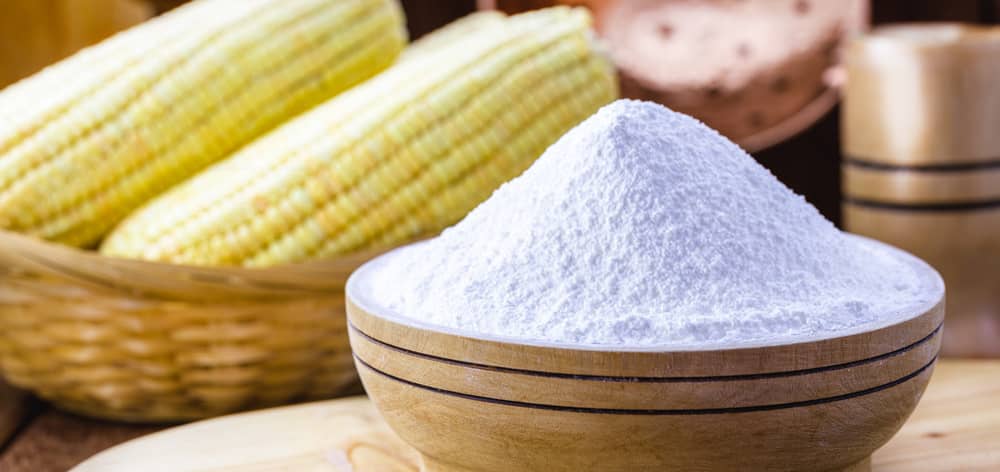
Cornstarch substitutes
Wheat flour
The easiest most common substitute for different types of flours. It is cheap, high in fibre and protein unlike Cornstarch and All-purpose flour.
You can substitute cornstarch with potato starch in a 1:2 ratio if for thickening purposes, but keep in mind that it isn’t gluten-free.
brown and whole-grain flour has more fibre contents but will require adding more of it to do the same work.
Arrowroot flour
It is a natural flour, made by grinding the roots of the Maranta genus of plants forming a white powder. It is more preferred nowadays than Cornstarch as it is high in nutritional value. It obtains more fibre and is gluten-free too.
Substitute 1 teaspoon of cornstarch with 2 Arrowroot flour teaspoons.
Tapioca flour
A processed flour extracted from the pulp of the root plant (Cassava) cultivated in South Africa, which would be treated to e safe. ((The Dangers of Cassava (Tapioca) Consumption (nih.gov)))
You can substitute cornstarch with Tapioca flour in a 1:2 ratio.
Other possible substitutes are Rice flour, Xanthan Gum, and Ground flaxseeds.
